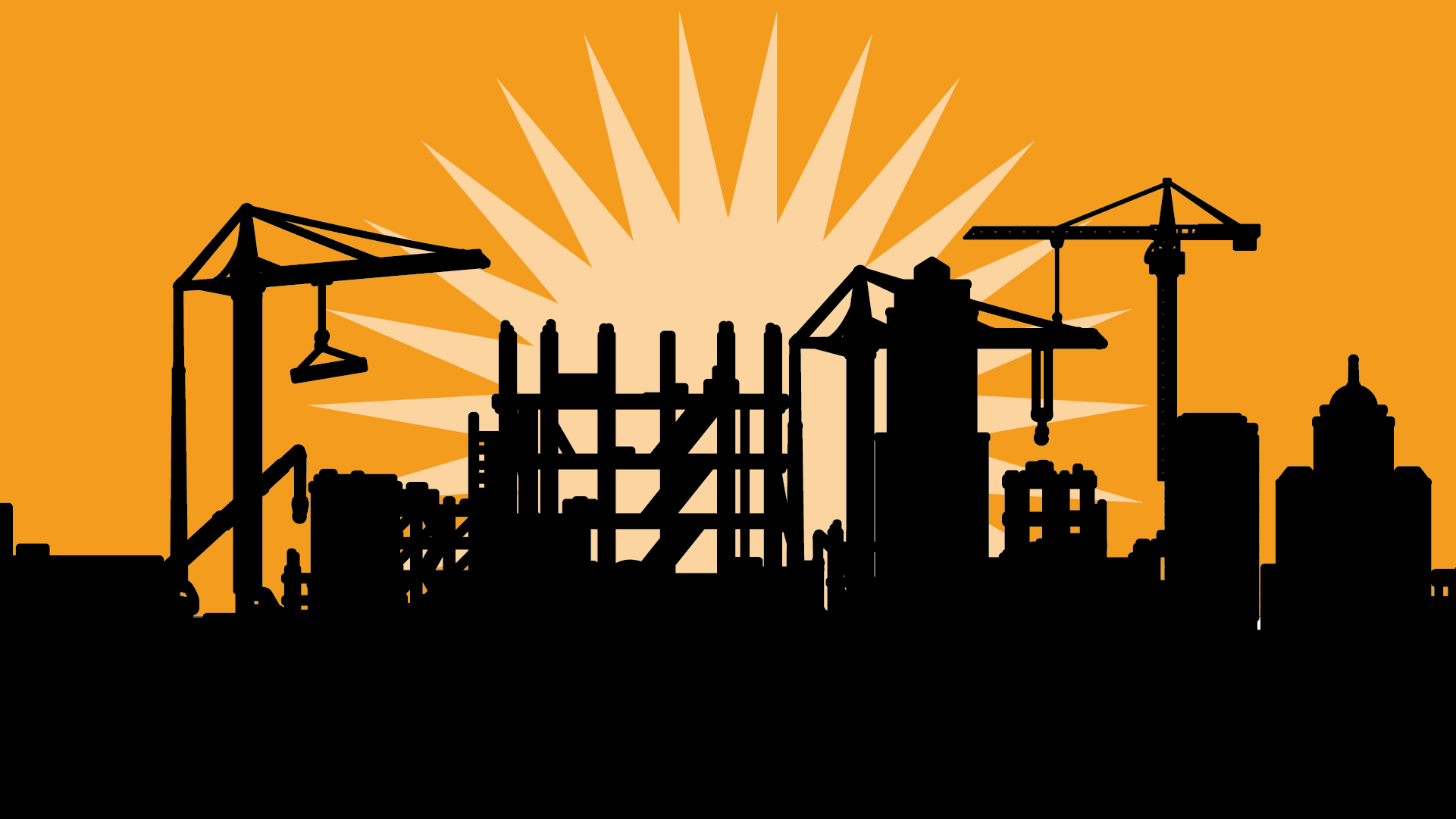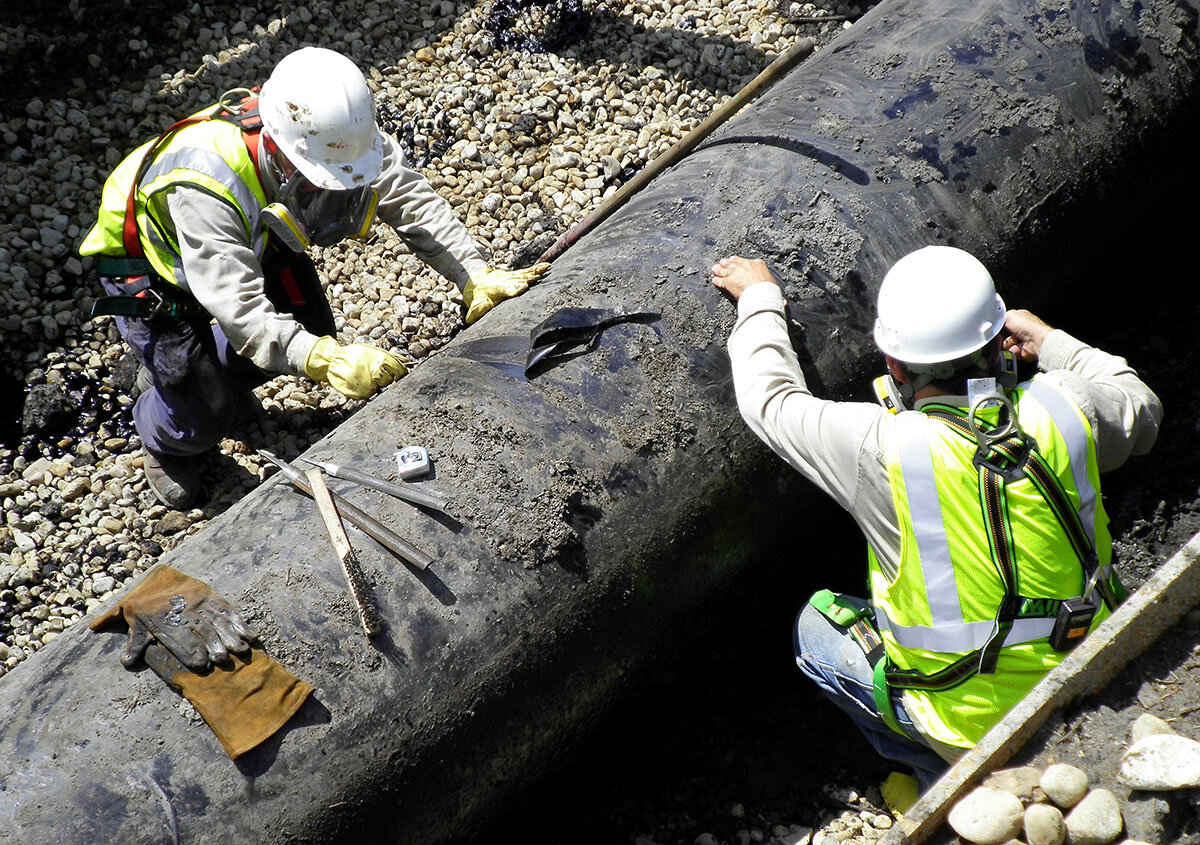
Toolbox Talks
Toolbox Talks safety briefings are an easy and efficient way to keep construction employees safe.
New Toolbox Talks Portal
🛠️
New Toolbox Talks Portal 🛠️
We’ve launched a NEW Toolbox Talks portal where you can access over 125 safety briefings that have been updated since 2023!
As development continues on the new portal, we will continue to host the older versions of the talks on this page as an archive.
What are Toolbox Talks?
These brief meetings offer an opportunity for team members to learn about potential hazards and preventive measures, as well as a chance for the employer to review safety regulations. They are a great way to ensure that everyone is aware of the safety protocols that must be adhered to in order to prevent accidents and injuries on the job site.
Each toolbox talk has been reviewed and approved by a subject matter expert at L&I DOSH.
Search Toolbox Talks
Type a search term in the search box below to view English toolbox talks that match your search query. Or, use the category dropdown to view related talks.
Funding and support for the Toolbox Talks project and mobile apps has been provided by the State of Washington, Department of Labor & Industries, Safety & Health Investment Project.
HAZCOM – Understanding Chemical Labels
Date Posted: 05/11/2024
In 2012, the Occupational Safety and Health Administration (OSHA) revised the existing Hazard Communication (HAZCOM) standard and aligned it with the United Nations (US) Globally Harmonized System (GHS). The GHS includes criteria for the classification of health, physical, and environmental hazards, as well as specifying what information should be included on labels of hazardous chemicals and safety data sheets.
Cold Related Hazards & Controls
Date Posted: 03/11/2024
According to the National Institute of Occupational Safety and Health (NIOSH), workers exposed to extreme cold or working in cold environments may be at risk of cold stress.
Heat-Related Hazards & Controls
Date Posted: 02/17/2024
Workers exposed to extreme heat or working in hot environments may be at risk of heat stress. Exposure to extreme heat can result in occupational illnesses and injuries. For example, heat stress can result in heat-related illnesses such as heat stroke, heat exhaustion, heat cramps, or heat rashes
Confined Spaces
Date Posted: 02/10/2024
Confined spaces, such as utility holes, crawl spaces, and tanks, are not designed for continuous occupancy and are difficult to exit in an emergency. People working in confined spaces face life-threatening hazards, including toxic atmospheres/substances, electrocutions, explosions, and asphyxiation.
Silica in construction
Date Posted: 10/28/2023
OSHA estimates that more than 840,000 workers are exposed to silica levels that exceed the new permissible exposure limit (PEL) annually. Silica is found in many materials common on construction sites, including sand, concrete, rock, mortar, stone, and brick. When workers cut, grind, abrasive blast, jackhammer, or perform other tasks that disturb these materials, dust containing crystalline silica can be released into the air. Workers who inhale this dust are at risk.
Lead in construction
Date Posted: 10/27/2023
Lead is a toxic, naturally occurring heavy metal. Traditionally in the construction industry, most over-exposures to lead have been found in the trades such as plumbing, welding, and painting.
Carbon Monoxide (CO) Hazards in Construction
Date Posted: 10/27/2023
Carbon monoxide (CO) is a poisonous, colorless, odorless, tasteless gas. Although it has no detectable odor, CO is often mixed with other gases that do have an odor. So, you can inhale carbon monoxide right along with gases that you can smell and not even know that CO is present.
Asbestos in Construction
Date Posted: 10/24/2023
Around 5,000 people from all industries die from asbestos-related diseases every year. According to the Washington State Department of Health, asbestos is a mineral fiber found in rocks and soil. It was once widely used in building materials and products to strengthen them and provide heat insulation and fire resistance. It is still used in some products today.
Carbon Monoxide - The Silent Killer
Date Posted: 09/23/2016
Carbon monoxide gas is colorless, tasteless, odorless and non-irritating. It cannot be detected by any of the senses. Because it is not readily detected, employees can be exposed to very high levels without realizing there is a problem.
Cold Weather Clothing
Date Posted: 09/22/2016
Construction workers can be exposed to extreme weather during the winter months. Cold weather can negatively affect a person’s senses; seeing, smelling, feeling. Productivity is difficult when a worker is cold. Therefore, it is important to choose clothing appropriate for the cold weather conditions.
Construction Pollution Prevention
Date Posted: 09/20/2016
Construction Activity Pollution Prevention requires a lot of coordination and onsite management lending itself to potential overlap and collaboration opportunities between sustainability and safety. There are a number of parallels between safety supervision and construction activity pollution prevention that can make a jobsite and the surrounding community safer.
Demolition Safety
Date Posted: 09/18/2016
Demolition is high-risk work and adequate preparations are required. Falls and premature collapse of structures are the greatest risk. Communication is the best line of defense to reduce injury.
Diesel Exhaust
Date Posted: 09/18/2016
Diesel engines provide power to a wide variety of vehicles, heavy equipment and machinery in a large number of industries such as construction, transportation, mining, agriculture and types of manufacturing operations.
Driver Safe Work Zone
Date Posted: 09/18/2016
Unexpected traffic delays can be avoided by following specific guidelines at the Traffic Control Zone.
Electrical Ground Safety
Date Posted: 09/17/2016
It is critical to understand where electricity is located on a jobsite in order to avoid electrocutions of electrical workers.
Hazardous Communication
Date Posted: 09/10/2016
The Hazard Communication Standard (HCS) is now aligned with the Globally Harmonized System of Classification and Labeling of Chemicals (GHS). This update will provide a common and clear approach to classifying chemicals and communicating hazard information:
Indoor Air Quality - Green Building
Date Posted: 09/07/2016
Green Building Indoor Air Quality Management helps ensure worker safety and reduces the risk of poor air quality to future users of the finished space. A common responsibility of a site safety coordinator.
Lead Exposure
Date Posted: 09/06/2016
OSHA estimates that approximately 838,000 workers in construction are potentially exposed to lead.
Overhead Powerlines
Date Posted: 05/30/2024
According to the Electrical Safety Foundation, between 2011 and 2020, 39% of all electrically related workplace fatalities were caused by overhead power lines. 53% of all fatal electrical injuries occurred in the Construction industry. The Construction industry has remained the leading source of fatal electrical injuries, with 82, about three times the amount of the second-highest industry.
Download the FREE
Toolbox Talks App!
Discover, discuss, and document over 150 Toolbox Talks! The Toolbox Talks app makes it simple to find safety talks for both construction and marine industries in English, Spanish, and Russian. Find a talk to review, then document your safety briefing with a signature capture form that generates a PDF of the meeting details that you can email or save to your device.
Funding and support for the Toolbox Talks project and mobile apps has been provided by the State of Washington, Department of Labor & Industries, Safety & Health Investment Project.



























